The Difference Custom Fitting Provides
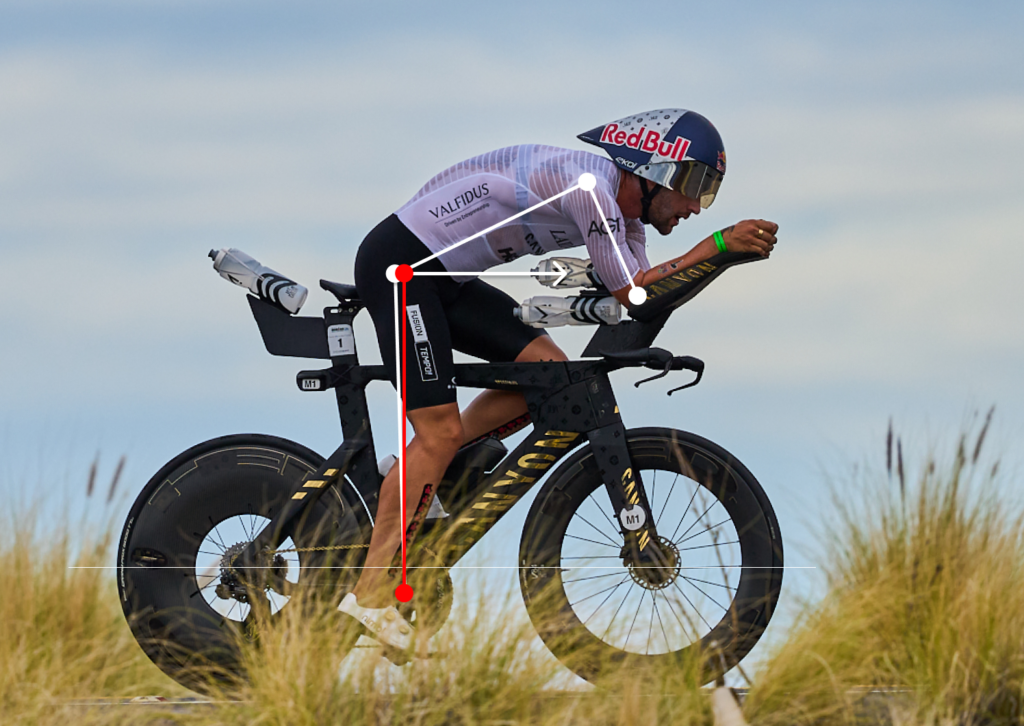
As Mat Steinmetz has recently detailed for us with professionals onboard their machines at the IRONMAN World Championships — fit is more paramount than ever. Shoes, saddles, and bikes all play an important role in getting the right fit. We have a long history here at slowtwitch talking about fit. And yet, proper fitting feels further and further away from the average triathlete than it has in a very long time. One only needs to look around at transition at any distance race these days to see the smorgasbord of “fitting” that has been or, better yet, not been done.
Where did this go wrong? Why aren’t we taking care of new athletes to our sport like we should? And how do we fix it?
Let’s start with the obvious two statements: first, the COVID pandemic significantly disrupted services across all sectors. Bike fit was certainly included as part of that, but so were many other things; for example, we couldn’t get a ski lesson for our daughter in the state of Vermont in the winter of 2020-2021. And fitting has, admittedly, been slow to rebound from that disruption. We’ve seen many fitters leave the industry entirely, and we (as an industry) have not done a good enough job replacing them.
Secondly, there’s direct-to-consumer sales of bicycles that, I believe, has further contributed to the problem. Although some brands, like Quintana Roo, offer certain services that ensure that your bike is matched to your fit coordinates upon purchase, this still requires you to know what your fit coordinates are. And I would bet all the money in my pocket against all the money in your pocket that if you were to ask the full field at your next race what their fit coordinates were you might get 20 correct responses out of 2000 entrants. (Bonus points if you get the reference in the prior sentence.)
So we have a fitting problem. Even those of us long in the sport get it wrong. (Hi, I’m the problem — it’s me.) How do we fix it?
A Lesson Learned From Another Sport
I think a couple of the answers can be found out of a recent experience I had in a fitting for another sport — skiing. We were recently out in Colorado for a pre-season ski racing camp for my daughter, based out of Loveland and Copper Mountains.
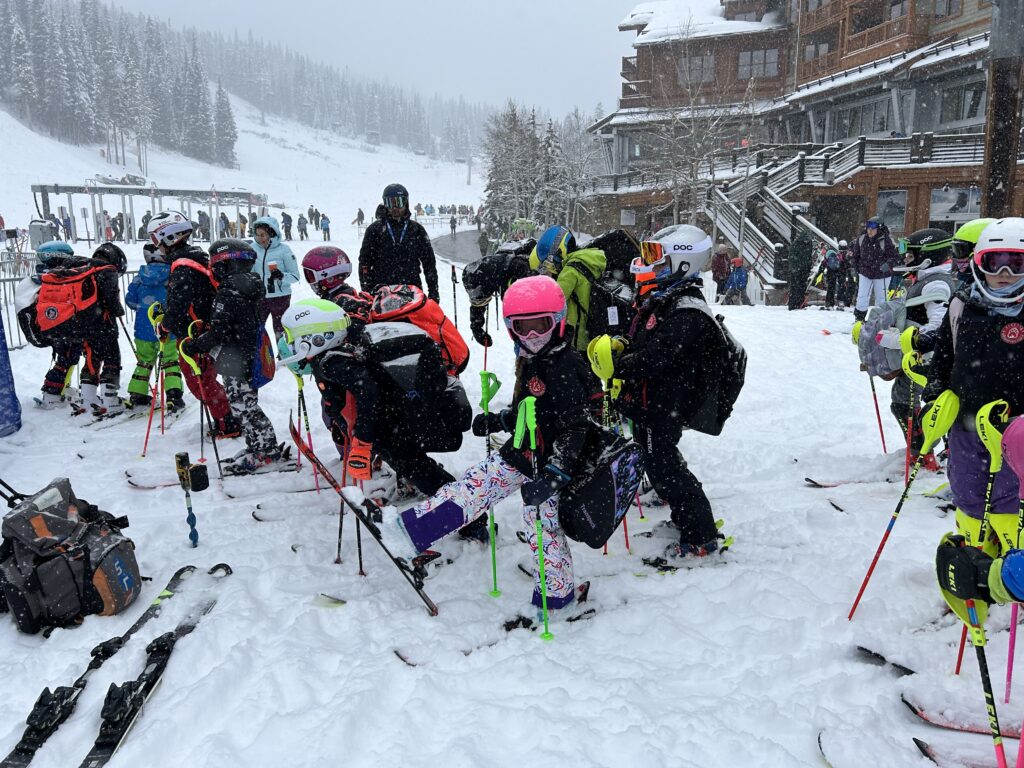
I knew going into the ski season that I was likely going to be looking at new boots at some point during the year; I’d had my prior pair for almost 5 full seasons and 300+ days on them. As it turns out, the timeline for looking at boots accelerated to “right f’n now” when, midway through a descent of mogul fields, I had to make a decision between a.) retaining the tight fit in my ankles and losing more feeling in my feet, or b.) loosening the fit and having slop in response and actually knowing where my feet were underneath me. I chose option B, which worked in the moguls, less so on the boilerplate where things had gotten skied off.
And with feet of snow on the way, it was time to rip the bandaid off.
A cursory Google search revealed that one of the top boot fitters in all of North America was at the base of Copper Mountain: Surefoot. If you were to think of Surefoot as a cross between a bike fitter and a Fleet Feet you’re probably not far off; there’s a few dozen locations at mountains nationwide, and there’s a process in place, although the process is only as good as the person leading the fitting (and, in some regards, the person being fit — you need to know yourself, too).
So as the snow started flying on a Monday morning, I walked into Surefoot and got down to business.
We kicked off the process by talking through what was working and not working with my current boots (working: they clipped into my bindings; everything else stunk), as well as my skiing style (I ski everything, including introducing myself to trees and signs named Cliff). Then it’s off to a foot scanner, which is pretty much a pin pad under your feet. It’s there to measure foot length, pressure, and volume; it’s also there to build up a custom footbed. Total time spent thus far: 15 minutes.
You then grab a seat as the footbed gets made. I had good company for it.
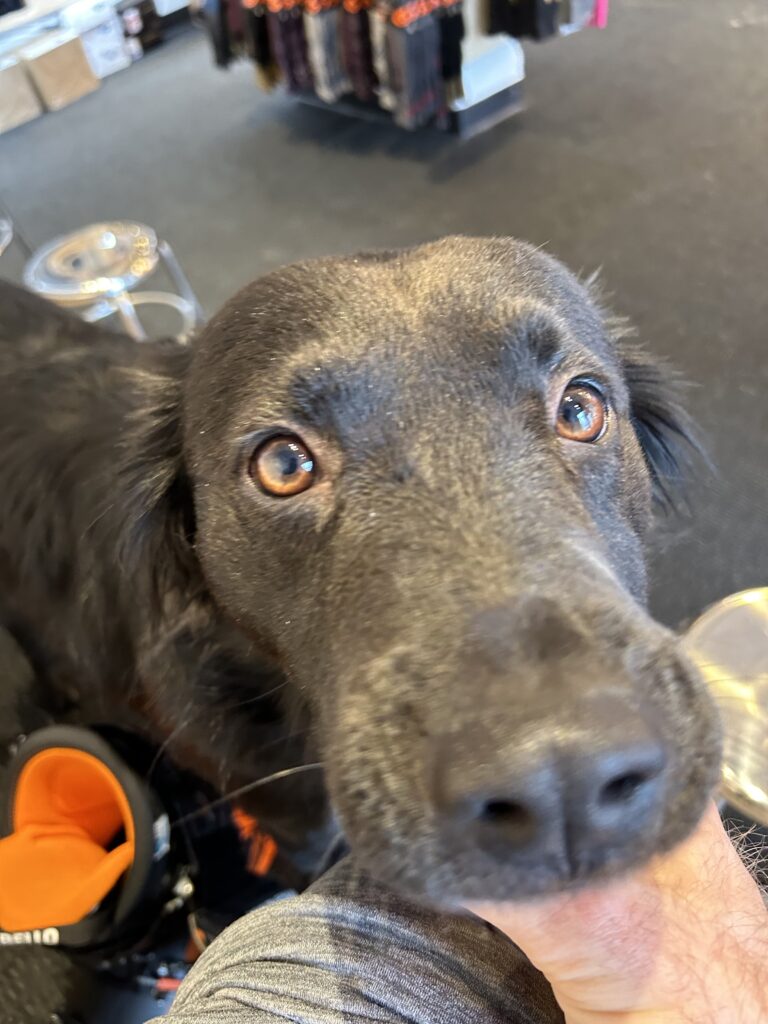
Then your fitter comes back over to you with all of the measurements for your feet. It then gets matched against the characteristics of the dozens of models of boot shells that Surefoot has on offer to come back with the best fit. In my case, that is Lange’s Shadow 120 MV (that’s medium volume, for the fellow ski nerds). That doesn’t mean it’s perfect; there was still some punching and adjustment that was needed, but it was the best fit. After some shell work, then it’s custom liner time — foam is injected into the boot as you move back and forth (you know, like you’re on the hill), molding it to your shape and movement patterns. Then after curing, you’re done.
Total time spent: 45 minutes. Wallet: an additional 30% lighter than if you bought the boot off the shelf from another retailer. Performance difference? Absolutely. Comfort difference? Night and day. I was able to rip through steeps and chutes without worrying about my feet or slop in response between trying to turn and actually turning. It was like the first time I put on prescription sunglasses and I could see the difference between what I thought was clear vision and what actually clear vision is.
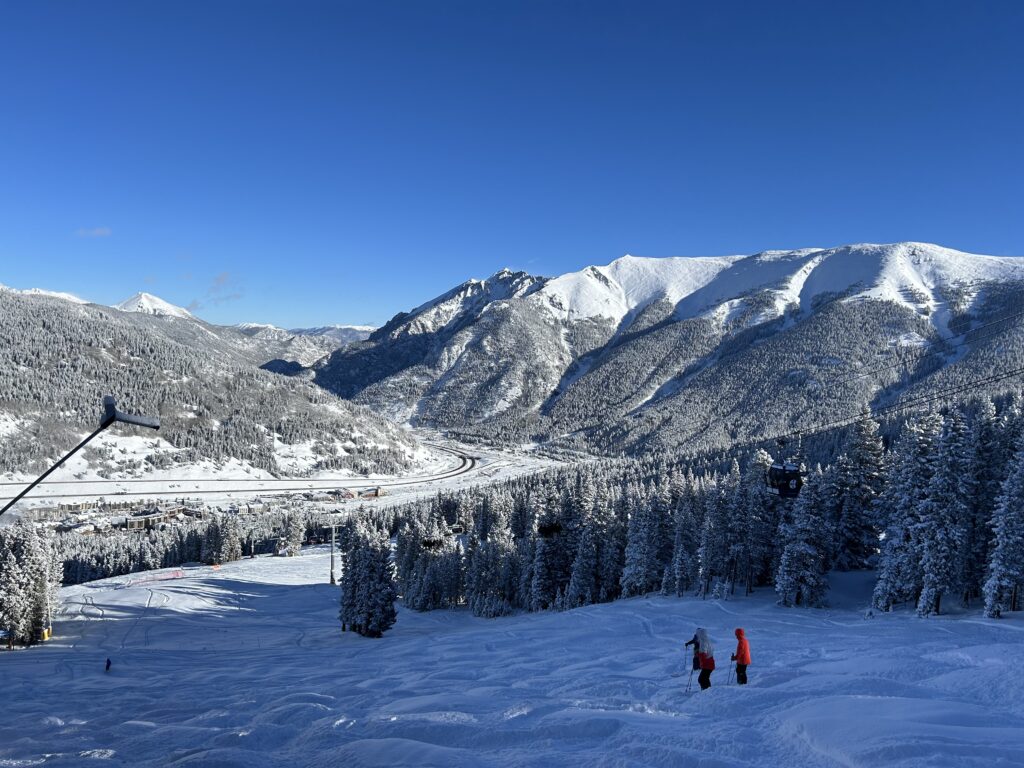
And that’s where I think there’s three solutions that are applicable back to our industry.
Fit Databases, Shoes, and Cockpits
Let’s start with the easiest fix: we need to get back to coming out of fittings with specific prescriptions on what the best fitting bicycle is for that user within their stated budget range. Too many fits these days come back with too many options for someone. A recent fit sheet I saw for someone gave them five different solutions without input as to what the best of those options were. How does that customer know which is the best fit?
This is where Retül used to be an industry leader. But, as mentioned before, a tool is only as good as the fitter using it — and we’ve lost a fair number of high quality fitters over the last five years. We at Slowtwitch used to carry a database of frames, but it did not get us to the proper contact points of fit, which are pad stack and pad reach. But — fitters, customers — I implore you. If you’re not getting a specific fit prescription out of a fitting (x bike, y bar, z stem, q saddle) — you aren’t having a proper fitting done.
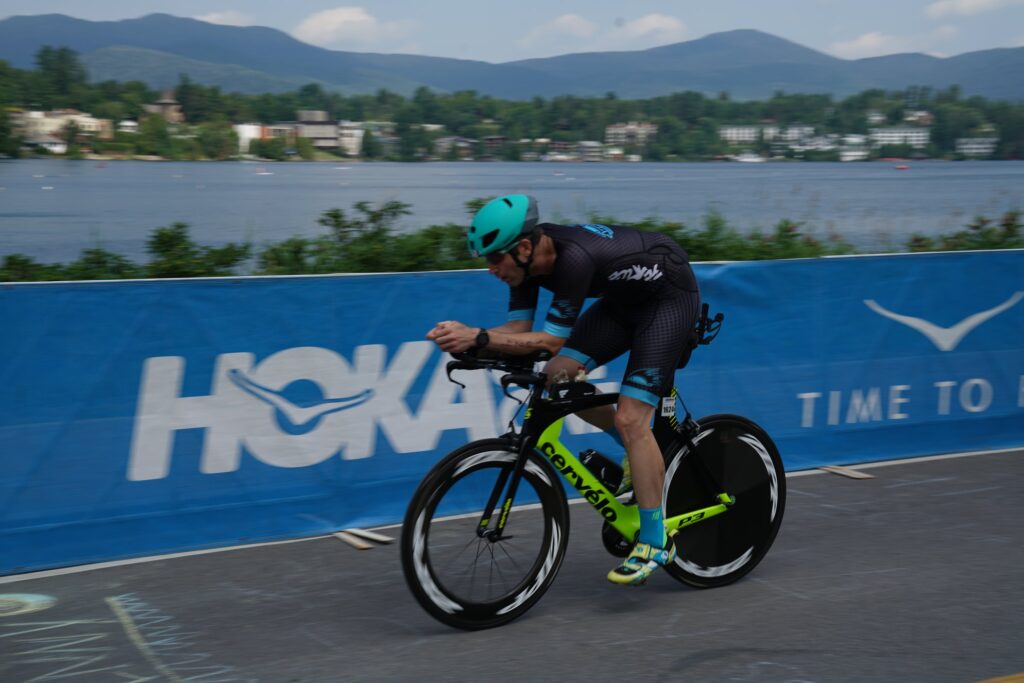
Next, I think there’s a key lesson to be learned from the pressure mapping and boot shell database that Surefoot provides. Cycling shoe fit (and potentially, pedal selection) could be handled this way, too. Far too much of shoe selection comes down to trial and error without really understanding foot shapes, volumes, support needs, and ultimately, comfort. As a primary contact point on board the bike, being able to ensure that your feet are comfortable is a gateway to a better experience while riding. This feels like a simple enough solution — match your foot to a shoe shell, and then identify whether or not you need a foot bed, or the shoe stretched in a certain way, and depending on pressure mapping, might dictate cleat position.
Then there’s my pie in the sky idea that came as I was having the injected foam liner made for my boots: why couldn’t we do this for aerobar pads? I think we are missing the plot a bit with 3D printing specific carbon parts. Instead, what if your fit prescription involved a specific length of a full-arm aerobar (say, a Profile Design 43ASC in 400mm), and then the foam padding is injected and molded to your for comfort? That feels far more in-reach (and potentially attainable) for athletes versus the thousands of dollars certain cockpits can cost today.
In all, it was just another in this year opening my eyes to just how critical proper fitting is.

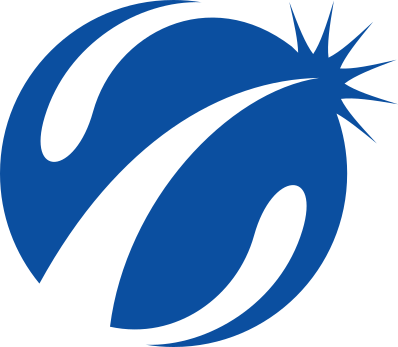


I can’t tell you how many fits people complain about their feet. Most often the cycling shoes are too narrow then too short. Some of the time the volume is to low and rarely to high. I think people struggle with cycling shoes and from what I’ve seen of the staff in several cycling shops they do as well. The education component isn’t there imo
I had custom cycling shoes from D3. They lasted 4 presidents (granted one of those was just the last 3mo) and were the best $600 or so dollars I ever spent on cycling gear.
When it came time to replace those I tried on >30 different pair. Settled for some Lake’s in extra wide. Love how they feel under my foot when standing, but miss the custom shoes otherwise.
If I was still racing or even training anywhere near the # of hours/miles I used to I’d 1000% go back to custom shoes even though the price tag is now more than double. Maybe even my old D2’s that I won’t get rid of.